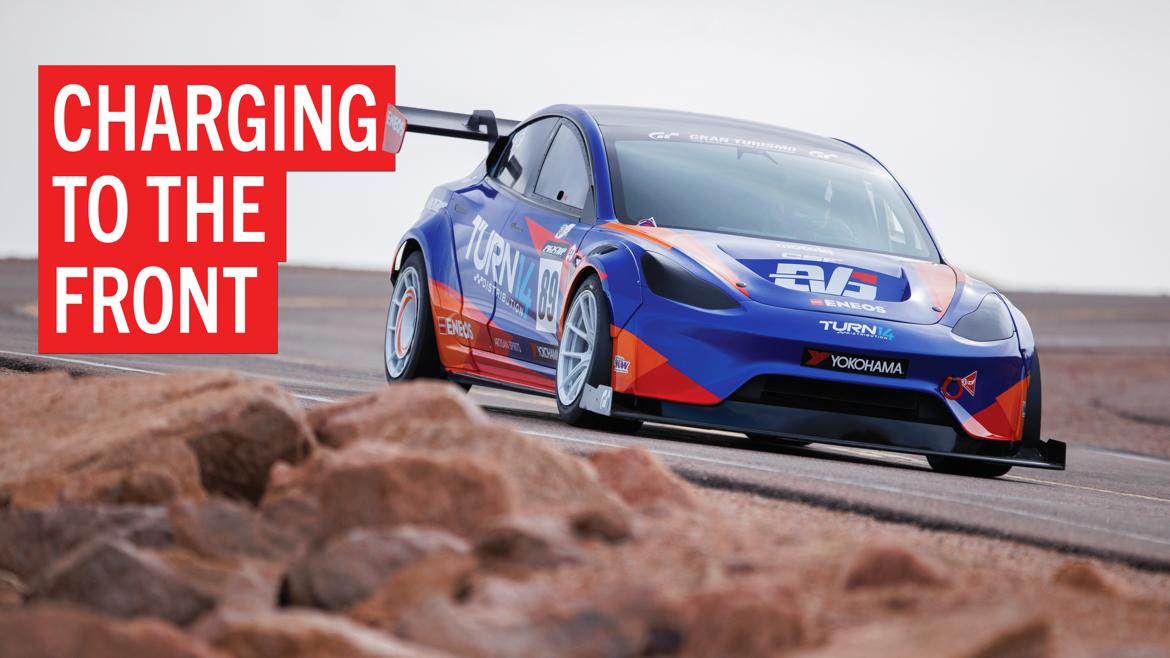
Tadope
Reader
1/20/22 4:56 p.m.
I have some BC coilovers that I need to refill the gas in.
but i've had no luck finding nitrogen around me.
I was able to fill them up successfully with a bike pump.
But i'm wondering how that will be on the track? How much worse is normal air than nitrogen under track conditions?
I'm not doing any wheel to wheel racing or anything. just HPDE and maybe time trial.

jgrewe
HalfDork
1/20/22 5:33 p.m.
I would worry about moisture in the air causing pressure change as the shock gets hot. Also the pressure range for shocks that I've played with is 80-300 psi with 150psi being the starting point.

Tadope
Reader
1/20/22 7:23 p.m.
In reply to jgrewe :
Yeah I read that the main difference is that nitro doesn't change pressure as it heats.
At least I used a manual bike pump. So its not going to be like an air compressor that spits out a bunch of water
I am kind of curious about this as well... not necessarily air, but I do have a thousand-plus PSI of argon/CO2. And it better not have any moisture in it!
Nitrogen most certainly does change pressure with temperature. It is subject to the ideal gas law like anything else. Now, the pressure CURVE may be more favorable....
Y'all know that "air" is 78% nitrogen already, right?
Nitrogen will change pressure just like Air (Which is 70% Nitrogen anyway) because of the ideal gas law (PV=nRT no matter what gas).
Nitrogen doesn't have moisture in it. Air does. When you pressurized a gas with humidity in it the humidity condenses to liquid. Liquid water in the gas part of shocks is bad. Liquid water emulsified into a oil filled shock is bad as the liquid will have different viscosity then the oil. Also you would have Liquid and oxygen inside the shock which could result in corrosion.
That said my MTB shocks are filled with just air and live a long trouble free life.
In reply to nocones :
Heck, I had a bike with a rear shock that used air not only as the spring, but as the damping medium. It was sort of semi self correcting as increasing the spring pressure also increased the damping.
I always felt it had too much rebound, so you really had to crank up the pressure to keep it from packing down, which made the URT style suspension lock out completely when out of the saddle, but what do you want from a budget shock?

dps214
Dork
1/20/22 11:23 p.m.
Realistically it shouldn't make much of a difference. I know it's pretty standard for people rebuilding mountain bike dampers. The air springs all use normal air, filled via a hand pump. Assuming they're monotubes, it's more important to have accurate pressures and consistent across all four dampers. So at least set the pressures with some kind of real gauge.
The good mountain bike air shocks use a bladder with oil and high pressure nitrogen for the damping medium, and normal air for the spring. You don't want to introduce water or other contaminants. SCUBA tanks are filled dried air, so that's a start. Otherwise I'm sure your local Air Gas can get nitrogen.

Tadope
Reader
1/21/22 3:36 p.m.
ok here is my big question.
do mountain bikes use the same type of oil as car shocks?
Because someone mentioned the moisture mixing with the oil THAT is scary.
I think about when you get coolant in your engine oil. it absolutely destroys it. turns into chocolate milk.
If mountain bike shocks and car shocks use the same kind of oil then I htink it's ok.
but if it's a different type then it might still be scary.
In reply to Tadope :
Coolant doesn't destroy engine oil, the acidity damages the bearings. Water in the oil is fairly harmless. Given that engine blowby is mostly water vapor, a lot of water gets in the oil as a matter of course.

Tom1200
UltraDork
1/21/22 3:58 p.m.
Have you tried any local tire shops for the nitrogen?
Ages ago motorcycles commonly had schrader valves in the fork caps so you could adjust the pressure; that didn't seem to harm them.
In the near term it probably won't hurt anything.

jgrewe
HalfDork
1/21/22 4:07 p.m.
I don't know anything about BC coil overs but the normal design of a gas charged shock keeps the gas separate from the oil with a floating piston and an o-ring. If you have oil and gas mixed, you have a shock that needs to be rebuilt.
...or a twin tube damper. But yes in this case I'm pretty sure BCs are monotubes, which means there's no mixing of gas and oil.
In reply to dps214 :
Memories of playing with the OE wet struts in Mazdas! There was no gas pressure to speak of. The valving was also riveted in place, so my attention was mainly focused on different oil viscosities.

Tadope
Reader
1/22/22 9:57 a.m.
In reply to dps214 :
oooohh ok perfect if it cant mix then im sure its fine
I'd want to make sure the air is as dry as you can practically get it, but other than that, it should work fine. If you can draw the compressor intake air from outdoors in cold, dry weather, that would be ideal if you don't have a good way to thoroughly dry the air otherwise.

Tadope
Reader
1/22/22 1:56 p.m.
In reply to rslifkin :
yep. I used a bike hand pump instead of compressor.
































